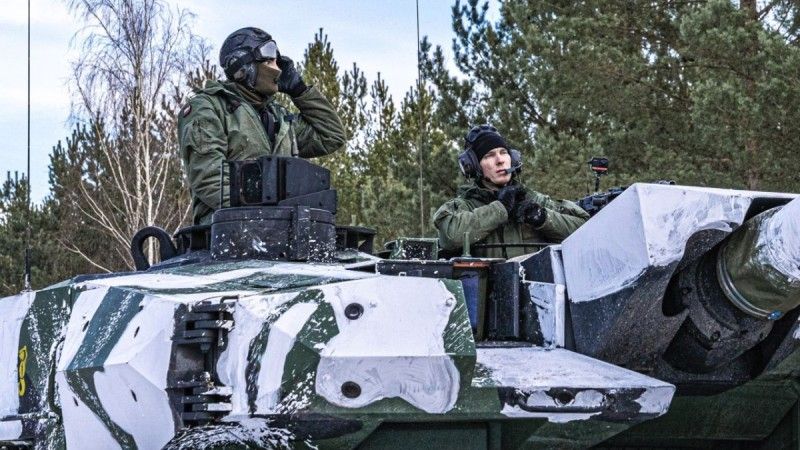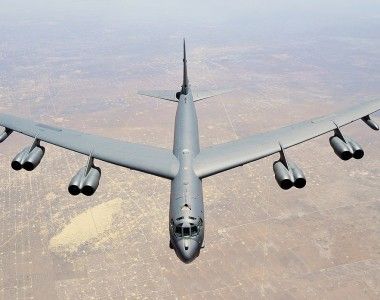Kaczyński: 3% of GDP for Defence, as of Next Year

As announced by Jarosław Kaczyński, leader of the Law and Justice (PiS) party, during a debate at the parliament - an amendment is expected to be introduced in the Act on Homeland Defence. The new regulations envisage the allocation of 3% of GDP to defence as of 2023. The original plan had assumed that 2.3% of GDP would be used for defence in 2023. Last Thursday the Polish Parliament started to discuss the governmental draft of the Act on Homeland Defence. The draft assumes that the GDP share in the defence spending would grow quicker. The 2.3% level is expected to be achieved in 2023, not in 2024. 2.5%, meanwhile, would be reached in 2024, not as of 2030. Kaczyński also announced some amendments to be made in the draft, in the part covering the budgetary expenditure. “Here, an amendment would happen as well, 3% of GDP would be allocated to defence next year, and we would be increasing that further later on”, Kaczyński announced. He noted that the second portion of defence spending “would come from loans, also from very long-term ones, from state bonds - to some extent from bonds that could be subject to redemption”.
“Briefly speaking, this would not be a burden that would be resulting on the grounds of amounts which, for a variety of reasons, I am not going to discuss, at the moment it is also impossible to calculate them accurately”, Kaczyński noted. The draft Act indicates the state budget, the newly-established Armed Forces Support Fund that would be established at the BGK bank, and the income obtained by the sale of shares or stock of the defence industry potential, as the potential source of financing. The draft does not define the number of troops expected to serve in the military. That number is to be defined by the armed forces development program.
Announcing the draft of the new law, Deputy PM, Jarosław Kaczyński, and Head of the Polish Ministry of Defence, Mariusz Błaszczak were mentioning an Army of 300 thousand, with 250 thousand troops serving in the operational forces, and 50 thousand-strong Territorial Defence component. The new law would envisage voluntary, general military service. Passive and active reserves division is also expected to be introduced. Furthermore, the draft also includes draft and release regulations, rules defining the service conditions during the periods of mobilization, state of war, and during the war. The new law includes regulations of military education, discipline regulations, as well as the limitations imposed on the soldiers’ ability to run a business or be active in the public sphere. The new regulations are expected to become valid as of 1st July.



